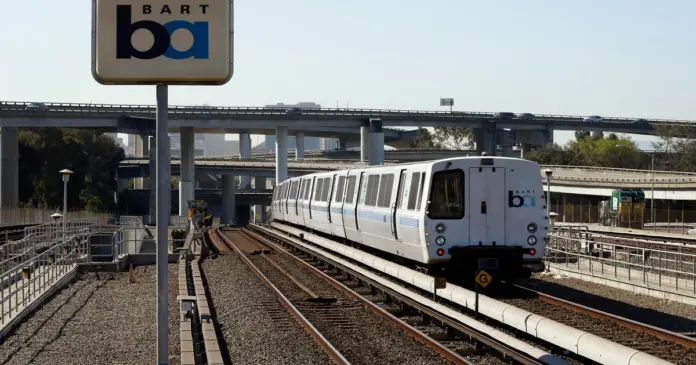On Friday morning, May 9, 2025 San Francisco’s Bay Area Rapid Transit (BART) system came to a complete decoupling, with thousands of commuters stranded, and forced to find alternative transport. By a massive failure of the system’s computer networking infrastructure, the previously unheard of disruption was caused, the BART officials confirmed.
What Happened?
Around 4:25 a.m., BART’s formal (X, formerly Twitter) account informed citizens that “train control system problem” had halted service on all trains on the network. Later updates indicated that the problem was a computer network issue that kept the control center from powering up the system after normal overnight shut down.
The problem has been blamed on the aging infrastructure of BART’s control technology, has which much of its technology that is over 50 years old. A spokesperson for BART, Alicia Trost, said, “It does happen from time to time; our system is over 50 years old. The good news is we’re replacing it, we’ve got the money to replace it due to Measure RR and with federal support.”
Immediate Effect on the Bay Area.
The system-wide outage grounds morning commutes to a halt in the Bay Area, a region dominated by public transit. BART normally carries more than 400,000 riders a weekday and the timing of the shutdown during the busy morning rush time brought gridlock and confusion.
Since there was no specific timeline for restoration, the transit agency told commuters to check bart.gov/alternatives for alternative ways to travel, such as local buses and ferries or ride sharing services. The surging need soon exhausted these options, putting focus on BART as a transit backbone of the region.
Response and Restoration Efforts
Technicians were immediately sent to check and isolate the fault in the system. The control systems servers were all rebooted in an attempt to correct this networking problem. Trost observed that although the fix might occur fairly quickly, there were also possibilities that it could turn into several hours if the problem was complex.
The agency did not shy away from stating the cause of the outages and was busy working on getting services back to normal which was well appreciated by many but the outage also provoked larger talks about the state of aging transit infrastructure in the United States.
The Bigger Picture
This particular accident illustrates a major challenge that is encountered by many metropolitan transit systems: obsolete control and communication infrastructure. Devoting investments such as Measure RR, which finances the investment in modernization, the overhaul of a complicated, decades-old system requires years. Shutting down like this today provides terrible reminders of how fast we need to implement such upgrades.
Moreover, the closure puts more fuel on the raging debate on the shortcomings of underfunding and deferred maintenance in public transport systems. Given that climate change and urban congestion make mass transit a necessity, the quality assurance of systems such as BART takes on the nature of a necessity more than just a convenience.
Looking Ahead
Currently from new updates, BART crews are still working to restore the service with no approximation for a return time to service. Commuters are urged to follow BART’s official social media sites and its website to keep updated.
During this period, this incident acts as a wake-up call for the public infrastructure champions and government agencies as well.








